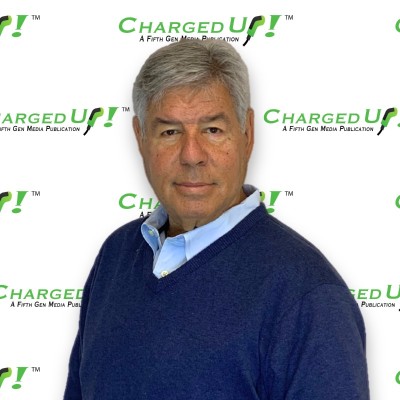Volvo Moves XC60 Production to South Carolina—With Big Implications for Charging Over the Next Two Years
- Rich Berliner

- Oct 8
- 3 min read
What’s changing—and why it matters
Volvo is about to build its most popular U.S. model—the XC60—here in the U.S. Starting in 2026, production shifts to Volvo’s Ridgeville, South Carolina plant, the same site that already makes the all-electric EX90 and Polestar 3. The catalyst is simple: tariffs. With U.S. duties on EU autos at 15%, it now makes financial sense to localize XC60 output—and to add more hybrid options for American buyers who aren’t ready to go fully electric.
The business case in plain English
The XC60 is Volvo’s bread-and-butter here, with ~27,000+ sold through August, up roughly 19% year over year. Keeping that volume competitive under a 15% import tariff is tough. Building in South Carolina lowers delivered cost, shortens supply lines, and gives Volvo the option to export back to Europe tariff-free under the current U.S.–EU framework. Volvo’s CEO has been clear: U.S. customers want more hybrids now, while the long-term still points to EVs. Moving XC60 to Ridgeville lets Volvo serve both tracks.
What CPOs and property owners should expect
Near-term = hybrid heavy. A wave of XC60 hybrid and plug-in hybrid (PHEV) buyers will lean on Level 2 (L2) charging—at workplaces, garages, hotels, healthcare, and grocery-anchored retail—more than highway fast charging. That’s not a step back; it’s a different load profile with predictable dwell. If you’ve been on the fence about adding a few more 11–19 kW L2 ports, this is your nudge.
Don’t sleep on the EX90. Volvo is rolling out a 2026 EX90 with an 800-volt system that cuts fast-charging time dramatically (think ~150 miles in ~10 minutes under ideal conditions), plus safety and convenience upgrades. As more 800-V models arrive across brands, the business case strengthens for 300–350 kW cabinets at travel nodes and premium retail where these owners actually spend time. If your next site was spec’d at 150–200 kW per stall by default, revisit that before you order gear.
Ridgeville is also a siting signal. The plant is built for ~150,000 vehicles/year and is investing to grow output. When a factory adds shifts, nearby corridors see more commuters, more suppliers, and—quickly—more local customers driving the product. Within an hour of Charleston / North Charleston–Summerville, expect steady L2 demand during workdays and early evenings. Build chargers where the on-ramp to adoption lives.
The transition path: hybrids now, EVs next
No, the U.S. won’t flip to full EVs overnight. Even Volvo—long an electrification leader—now says the transition runs through hybrids for a lot of American households. But it isn’t walking away from EVs. Localizing XC60 keeps the hybrid engine humming while the EX90 gets faster and easier to charge—exactly the combo that builds confidence with first-time EV shoppers and sets up 2027–2028 growth.
Tariffs and risk management (for planners)
After a summer of uncertainty, the U.S. and EU confirmed 15% auto tariffs (retroactive to Aug. 1, 2025). For a premium brand that imports six of seven U.S. models from Europe, that number reshapes the map. It also explains why Volvo wants U.S. production and export flexibility from South Carolina. If the rules change again—as they often do—Ridgeville is Volvo’s hedge. For landlords and CPOs, treat tariff-driven localization as a leading indicator: suppliers and competitors tend to cluster near anchor plants, and charging demand follows.
How to balance your charging portfolio (2026–2027)
Double-down on reliable L2 at offices, mixed-use retail, hotels, healthcare, and new multifamily—especially in the plant’s labor shed.
Selectively add high-power DC where 800-V EVs (EX90 and peers) can realize 300–350 kW peaks—regional connectors, destination retail, sports/entertainment.
Stage capacity: conduit and switchgear now, extra pedestals later as utilization grows.
Mind the utility bill: managed charging and a small 4-hour battery can tame demand spikes and keep OPEX predictable while traffic ramps.
Conclusion: Build for the mix you’ll actually see
Volvo’s move is a clear read on the U.S. market: hybrids to pull more buyers into electrified driving today, and faster-charging EVs to win them over tomorrow. If you run charging or own property, follow the same playbook. Put dependable L2 where XC60 (PHEV) drivers live, work, and shop; add targeted high-power DC for the EX90 class; and keep projects modular so you can scale with demand. Manufacturing shifts like this rarely happen in isolation—suppliers and competitors will cluster, and the charging curve will move with them. Plan accordingly, and you’ll be in front of the demand, not chasing it.






Comments